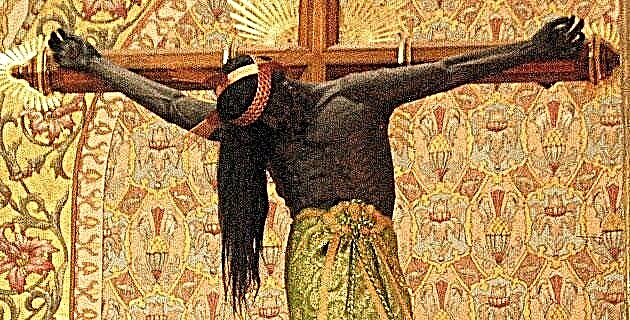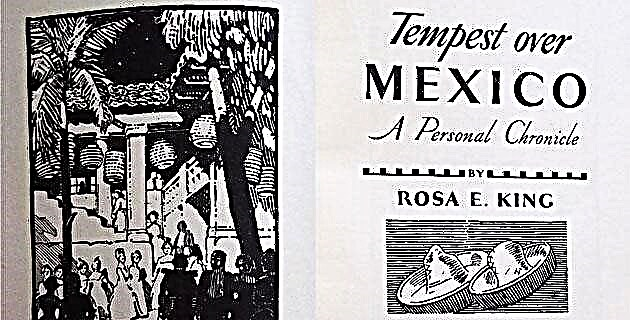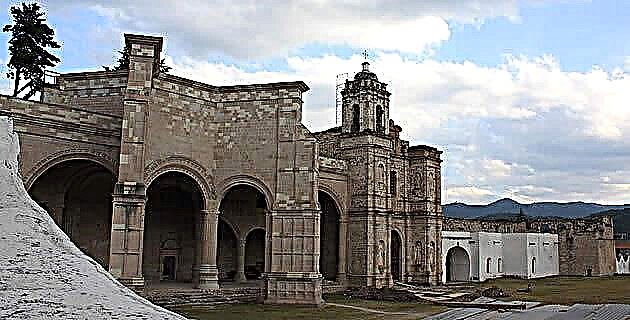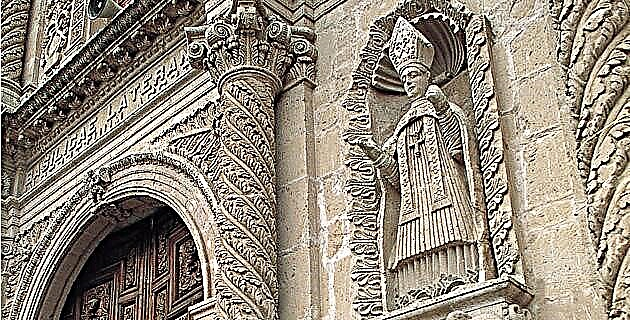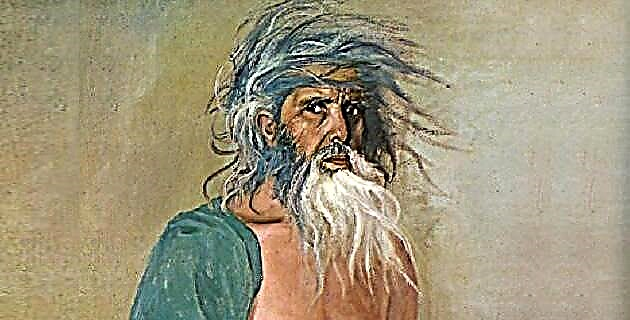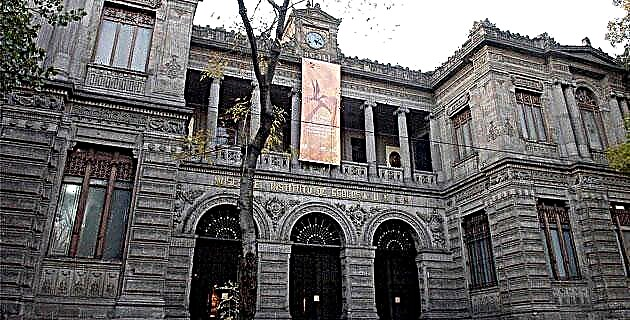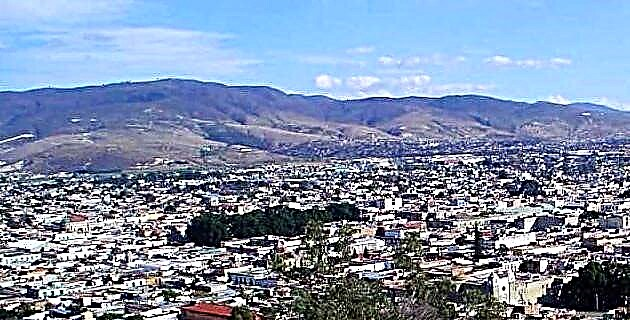
The conquest of Oaxaca was relatively peaceful, since the Zapotec and Mixtec lords thought they would find in the Europeans the allies they needed to defeat the Aztecs.
On the other hand, other groups such as the Zapotecs of the Sierra, the Chontales and especially the Mixes resisted and carried out a sequel of rebellions. Upon their triumph and still in the 16th century, the Spanish stripped the natives of their lands, legalizing this action through encomiendas, mercedes and divisions granted by the king, thus outlining, from the beginning of the Spanish conquest, the imbalance and the inequality that would prevail between Spanish and indigenous society.
The abuses by the colonizers were so abundant that a good part of the work carried out by the two Audiencias and the viceroy Antonio de Mendoza were aimed at limiting the power of the Marquis of Valle de Oaxaca, Hernán Cortés, and that of the encomenderos. They thus proposed to strengthen the Royal authority and that is why the New Laws (1542) were promulgated and a complex administration was created. The task of evangelization in the Mixtec and Zapotec area was the work of the Dominican order who built, with basically indigenous work, sumptuous churches and convents in the places where the large population centers were concentrated, such as the City of Antequera, Yanhuitián and Cuilapan. .
The spiritual conquest was more radical and violent than the military conquest. To maintain control of the population, the conquerors maintained, with modifications, certain indigenous structures so that some of the chiefs of the Valley of Oaxaca and the Mixteca Alta managed to preserve ancient privileges and properties; Instead, to convert the peoples of America to Christianity, the missionaries strove to destroy any trace of the religion of the pre-Hispanic world.
Despite the demographic decline of the native population, caused by epidemics and mistreatment, the 16th century was one of economic growth due to the introduction of new techniques, crops and species. In the Mixteca, for example, good profits were obtained from the exploitation of silkworms, cattle and wheat. The development of the urban market and mines contributed to this growth.
However, this prosperity was interrupted by the problems that mining faced since 1590. Trade between Seville and America decreased and the decline in population caused the consumption of the towns to decline and the workforce was reduced to its minimum expression.
In the seventeenth century, that of the economic depression was when the colonial structures were defined, the domination scheme was consolidated, and the mechanisms of a dependent economy were established. The application of a monopoly and centralized commercial scheme hampered regional economic development, causing areas as rich as the Valley of Oaxaca to orient their economy towards self-sufficiency despite the importance of the production and trade of cocoa, indigo and cochineal. .
Already in the second half of the seventeenth century, New Spain's economy began to improve: mining production had a rebound, trade with Central America and Peru was once again allowed, and the indigenous population began to recover. By this time, the Spaniards living in the Mixteca and in the Valley of Oaxaca dedicated themselves to cattle ranching in large proportions and the haciendas successfully combined the production of wheat and corn with the raising of cattle. The colony's economy was restructured between 1660 and 1692, laying the foundations for the Enlightenment century.
New Spain grows and prospers in the Age of Enlightenment. The territory doubles, the population triples, and the value of economic production is six-fold. The best example of these advances is observed in mining, a central economic axis that, while still being enslaving, went from working 3,300,000 pesos in 1670 to 27,000,000 in 1804.
The opulence of New Spain is manifested in the intense construction activity and overflows in the magnificence of the Baroque, it was then that in Antequera they built, among other things, the Chapel of the Rosary of the Church of Santo Domingo, the Church of the Soledad, San Agustín and Consolación.
The 18th century was the century of modernizing political and economic reforms undertaken by the Bourbon kings.
By 1800, Mexico had become a country of extraordinary wealth but also extreme poverty, the majority of the population was attached to the haciendas and communes, they were mistreated in the workplaces, enslaved in the mines and mills, without freedom, without money. and without any chance to improve.
The peninsular Spaniards monopolized political and economic power; Such conditions of social, economic and political inequality accumulated tensions and discontent. On the other hand, the impact of events such as the French Revolution, the independence of the United States and the English Industrial Revolution shakes American consciences and the idea of the Independence of New Spain begins to develop in the Creoles.

